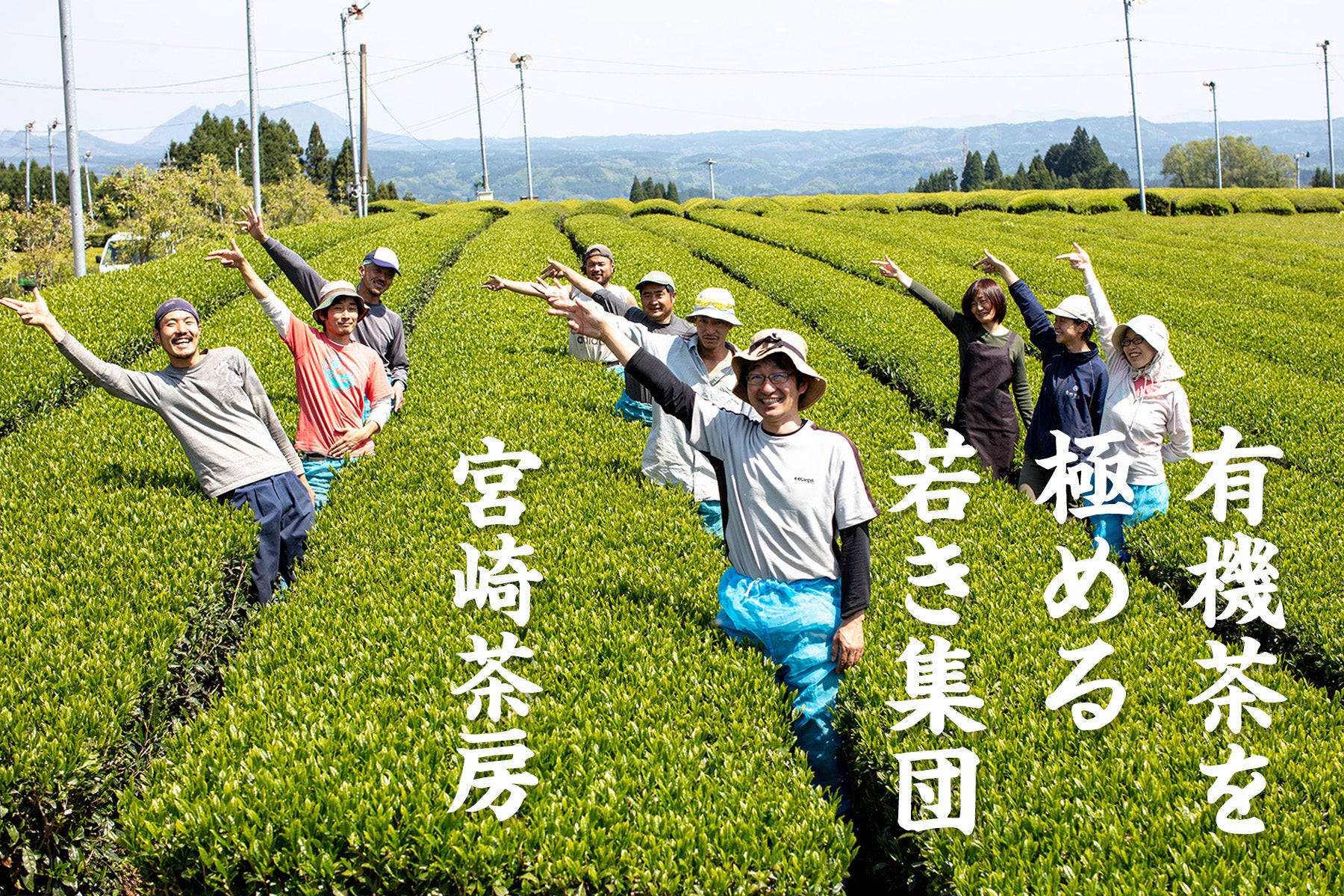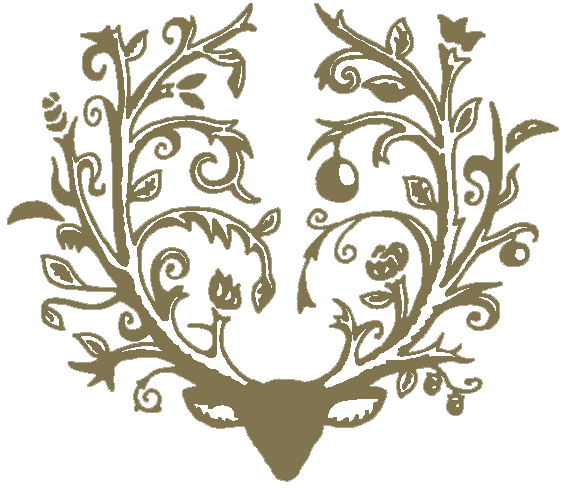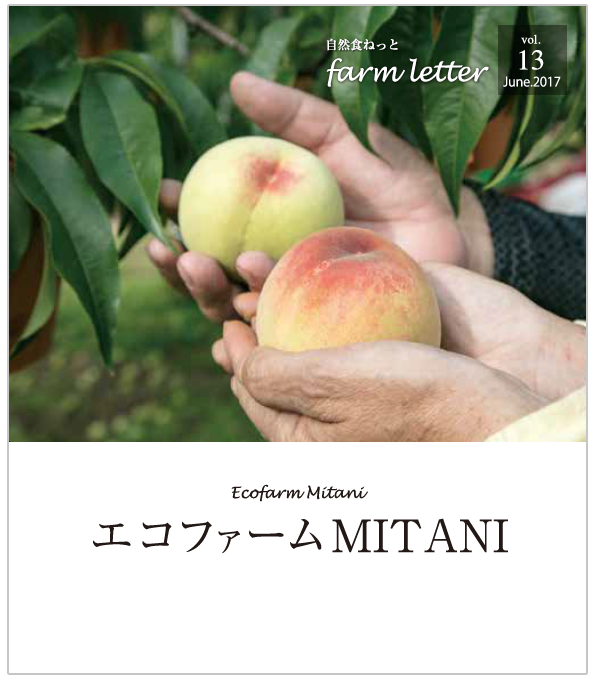
宮﨑茶房
【宮崎県/Miyazaki】
宮﨑茶房 宮﨑 亮さん
Miyazaki Sabou / Akira Miyazaki
-
お茶を通じて地域を活性化し、みんなで幸せに
豊かな香気が魅力の日常のお茶

煎茶は蒸しますが、釜炒り茶は釜で炒って作ります。焼き芋と、ふかした芋の違いですね。五ヶ瀬は昼夜の寒暖差が大きく、寒いので、平地に比べて葉が薄く、うま味成分は少ない。その分、すっきりして香りが良いのが特徴です。大きいやかんにお茶っ葉を入れて、ポットでお湯を入れると香りが立ち、そのまま入れっぱなしの日常のお茶で、ご飯に合う。水出しが早く、常温なら30分から1時間で、色が薄くても味はしっかり出てきます。
深い緑色の煎茶に対し、釜炒り茶は黄金色です。僕たちは煎茶のようにお茶の木に覆いを被せず、太陽に当てます。深い緑の葉にはならないけれど、渋味も香りもしっかりあって飲みやすい。有機無農薬で安全安心なのが一番ですし、栄養成分分析によると、在来種や昔の品種などは特に、カテキンやビタミンCなど、体にいい成分が豊富です。
固定観念に縛られず、紅茶や烏龍茶など、いろいろな品種や製法でお茶を作ることをコンセプトにしています。「在来種や昔の品種は緑茶に向かないから早く植え替えなさい」と県の指導があったのですが、緑茶にするには渋い品種は紅茶にすると、しっかりした味わいになります。研究しながら品種の個性を伸ばしてやるのが大事です。
失敗のなかに成功のヒントがあるので、試しながら楽しくやるうちに面白い人や情報が集まってミックスされ、多彩なお茶へとつながっています。先代の在来種を大事に守る
年に1、2回の農薬でも、母ちゃんの肌が弱かったことなどもあり、昭和58年、父ちゃんと母ちゃんが無農薬無化学肥料の有機のお茶栽培に切り替えました。最初は病気や虫で苦労したようでしたが、初代が種から植えた昔からの在来種の茶畑が病気に強かったんです。いま全国的によくある「やぶきた」という品種は病気に弱いので、そればかりだと大変でしたが、先代の茶畑を大事にしていこうと6〜7反ほど在来種が残っていたので、乗りきれたのだと思います。直根が張った在来種は強く、一番古いものは樹齢が百年近いんですよ。
収量や病気耐性は品種によって全然違うので、自分が就農してからは品種の研究をしています。いま23品種。圃場の面積は14町歩くらいで、140何箇所に点在しています。お茶業界は人手不足、後継者不足、販売不振、重労働などで、やめていく方が多いんですね。そういう茶畑を受け入れているので、やぶきたも半分くらいありますが、あとの半分は病気に強い「みなみさやか」「たかちほ」「やまなみ」など、宮崎県で育成した品種を主に植えています。そのため、収量は安定してきていて、番茶も入れれば30トンくらいとっています。地域が潤う仕組みを作りたい
僕たち以外の地域のお茶屋さんや近所の方たちが宮﨑茶房のお茶を通じて、少しでも潤っていけるような仕組みができたらと考えています。お菓子作りを任せたり、障害者施設とやれることをやったり、他の加工所とも組んだり、移住者も増えてきているので、地域を活性化しながら、貢献できるようなお茶屋さんになれれば理想的です。地域の草刈りが大変ならボランティアで手伝うなど、自分たちが無理せずに楽しんでやれる程度にやれればいいかなと思い、少しずつ取り組んでいます。
生姜やゆず、しそ、ハーブ、野草など、他の生産者と作ったり、地域にあるものをうまく活用したりしてできることがないか。ブルーベリーの葉っぱをお茶にして販売する試みも始めました。お茶を通じていろいろなものがブレンドできたり、販売できたり、仲間作りができたらいいなあと思っています。究極の目標はみんなが幸せになること。うちで作ったお茶を飲んだ人がみんな元気になってくれることがモットーですし、お茶を通じた地域の活性化を楽しくやっていくしかありません。 -
Activate the area through tea and make everyone happy
Daily tea with rich aroma

Sencha is steamed, but Kamairi tea is roasted in a kettle. It's the difference between a baked potato and a fluffy potato. Gokase has a large temperature difference between day and night and is cold, so the leaves are thinner and the umami component is less than in the plain. The feature is that it is clean and has a good scent. Put tea leaves in a large kettle, add hot water in a pot, and the fragrance will stand out. The water drains quickly, from 30 minutes to 1 hour at room temperature, and the taste comes out even if the color is light.
Kamairi tea is golden in contrast to deep green sencha. We do not cover tea trees like sencha, but expose them to the sun. It does not become a deep green leaf, but it has astringency and aroma and is easy to drink. It is best to use organic pesticides that are safe and safe. According to nutritional analysis, native and old varieties are rich in healthy ingredients, such as catechin and vitamin C.
The concept is to make tea with various varieties and manufacturing methods, such as tea and oolong tea, without being bound by stereotypes. According to the prefecture's guidance, "Replant native or old varieties because they are not suitable for green tea." It is important to increase the individuality of the variety while doing research.
There are hints of success in failure, so while you are having fun while trying, interesting people and information are gathered and mixed, leading to a variety of teas.Protecting Precious Native Species
Even with pesticides once or twice a year, my mother's skin was weak and so on, and in 1958, my father and mother switched to organic tea cultivation with no pesticides and no chemical fertilizers. At first she seemed to have struggled with diseases and insects, but the old kind of tea plantations planted by the first generation from the seeds were sick. The variety "Yabukita", which is common throughout Japan, is vulnerable to disease, so it was difficult if it was all that way, but it was 6 to 7 times that the native species remained to save the tea plantations of the predecessor. I think I was able to get on. The native species with straight roots is strong, and the oldest is almost 100 years old.
Since the yield and disease resistance are completely different depending on the varieties, I have been studying varieties since I was engaged. Now 23 varieties. The area of the farm is about 14 town walks, and it is dotted in 140 places. In the tea industry, there are many people who stop working because of labor shortage, lack of successors, poor sales, heavy labor and so on. As we accept such a tea plantation, there are about half of Yabukita, but the other half mainly plant the varieties grown in Miyazaki Prefecture, such as “Minami Sayaka”, “Takachiho” and “Yamanami” that are resistant to disease. Therefore, the yield has been stable, taking about 30 tons with the bancha.I would like to create a mechanism for the region
I think that we could have a mechanism that would allow local tea shops and neighbors in the area other than us to enjoy even a little bit of tea through the tea in the Miyazaki tea room. As we leave sweets making, we can do with person with a disability facility, we cooperate with other processing places, and migrants increase, so it is ideal if we can become a tea shop that can contribute while revitalizing the area It is If it is hard to mow the area, we will help by volunteering, and we are working on it little by little, thinking that we should be able to do so that we can enjoy themselves without overdoing it.
Is there anything that you can do with other producers, such as ginger, yuzu, shiso, herbs, wild grass, etc., or make good use of local things? We have also begun trying to sell blueberry leaves for tea. I hope I can blend various things through tea, sell it, and make friends. The ultimate goal is to make everyone happy. The motto is that everyone who drinks tea made at home gets well, and there is no alternative but to enjoy the local revitalization through tea.

宮﨑茶房の商品はこちらから / Click here for Miyazaki sabo products
Side story
釜炒り茶の原点を探求し、伝統の手炒り製法を継承
Exploring the origin of the Kamairi tea and inheriting the traditional method
 五ヶ瀬町では昭和30年前半まで全農家で手炒りによる釜炒り茶が作られていた。山間・谷間に点在する茶畑から家族総出で摘みとった茶の葉を、熱した平釜で夜遅くまで手炒りしていたのだ。しかし、大型自動製茶機の登場で、製茶業の若者は当時の製法や品質、特徴を知ることはない。そこで五ヶ瀬町茶業組合青年部では、伝統の製茶方法を体得・継承し、機械製茶に応用すべく、新茶前に毎年、手炒り釜炒り茶作りを実施している。
五ヶ瀬町では昭和30年前半まで全農家で手炒りによる釜炒り茶が作られていた。山間・谷間に点在する茶畑から家族総出で摘みとった茶の葉を、熱した平釜で夜遅くまで手炒りしていたのだ。しかし、大型自動製茶機の登場で、製茶業の若者は当時の製法や品質、特徴を知ることはない。そこで五ヶ瀬町茶業組合青年部では、伝統の製茶方法を体得・継承し、機械製茶に応用すべく、新茶前に毎年、手炒り釜炒り茶作りを実施している。
直火にかけて熱した鉄釜に摘み取ったばかりの新芽を入れると、パチパチと爆ぜる音がする。手で炒るうちに、「だんだん色が変わっていくんです」と、手炒り&手揉みの実演をしてくださった宮﨑さん。手で揉み、少し乾燥させたあと、手炒り→乾燥という作業を4〜5回繰り返す。「揉むことによって、表面だけでなく、中の水分を出しながら乾燥させていくんです」
釜炒りが茶の風味を引き出し、葉の形は球状や半球状になる。熟練の技と根気強い手作業で、極上の手炒り新茶ができあがる。
In Gogase-cho, pottery tea by hand was made by all farmers until the first half of 1955. The tea leaves picked up by the whole family from the tea plantations that were scattered in the mountains and valleys were being handed over in the heated flat pot until late at night. However, with the advent of large automatic tea machines, young people in the tea industry do not know the methods, quality and features of those days. Therefore, the Gokase-cho Tea Industry Association Youth Department is practicing hand-made cauldron tea each year before new tea, in order to understand and inherit traditional tea making methods and apply it to machine-made tea.
When you put fresh shoots just picked up in a heated iron kettle over an open flame, you will hear a crackling noise. Mr. Miyazaki, who gave me a demonstration of hand and hand gestures, said, "I'm changing color gradually," while I was singing with my hand. After rubbing it by hand and drying it a little, repeat the operation of hand-drying → 4 to 5 times. "Don't let it dry while letting out the water in the surface as well as the surface"
Boiled tea brings out the flavor of the tea, and the leaf shape becomes spherical or hemispherical. With the skill and patience by hand, you can make a new tea with the best quality.
Information
| 株式会社 宮﨑茶房 | Miyazaki Sabou (Miyazaki tea factory) |
| 所在地:宮崎県西臼杵郡五ヶ瀬町大字桑野内 従業員:15 名 主な商品:釜炒り茶、烏龍茶、紅茶、焙じ茶(いずれも有機JAS認証) |
Address: Kuwanouchi Gokase-cho Nishiusuki-gun Miyazaki Prefecture Personnel:15 person Main products: Kamairi green tea, oolong tea, tea, green tea (all organic JAS certification) |




